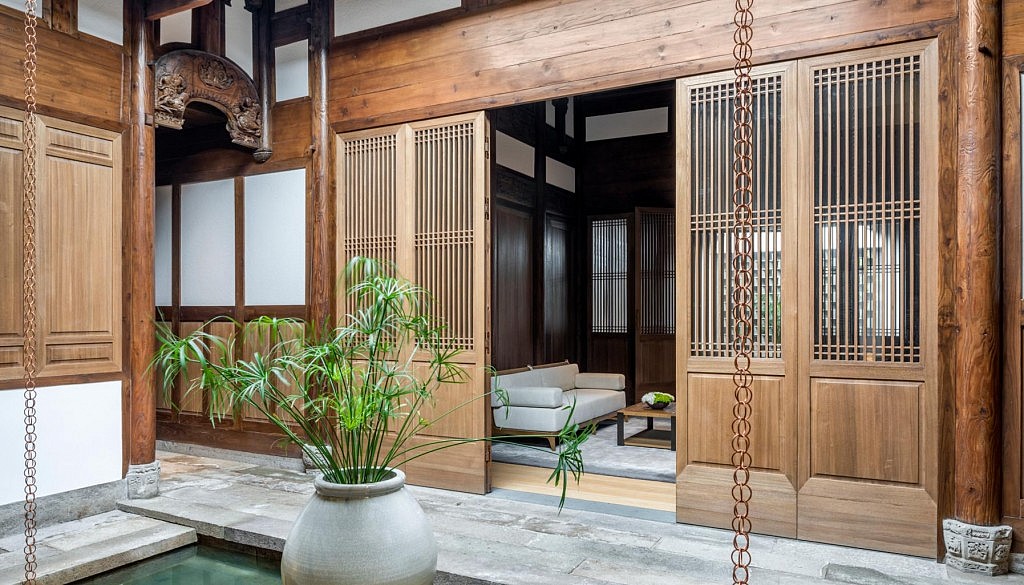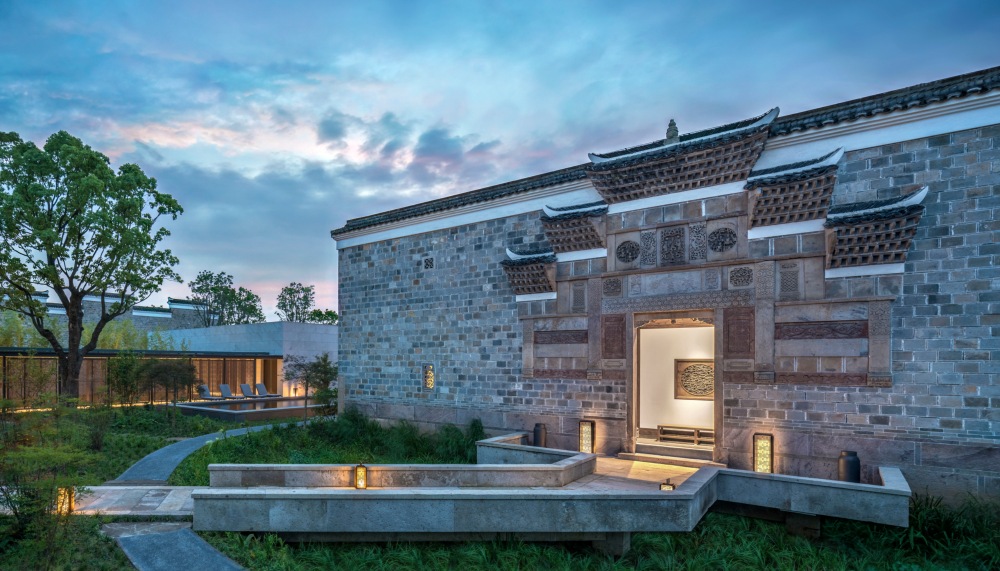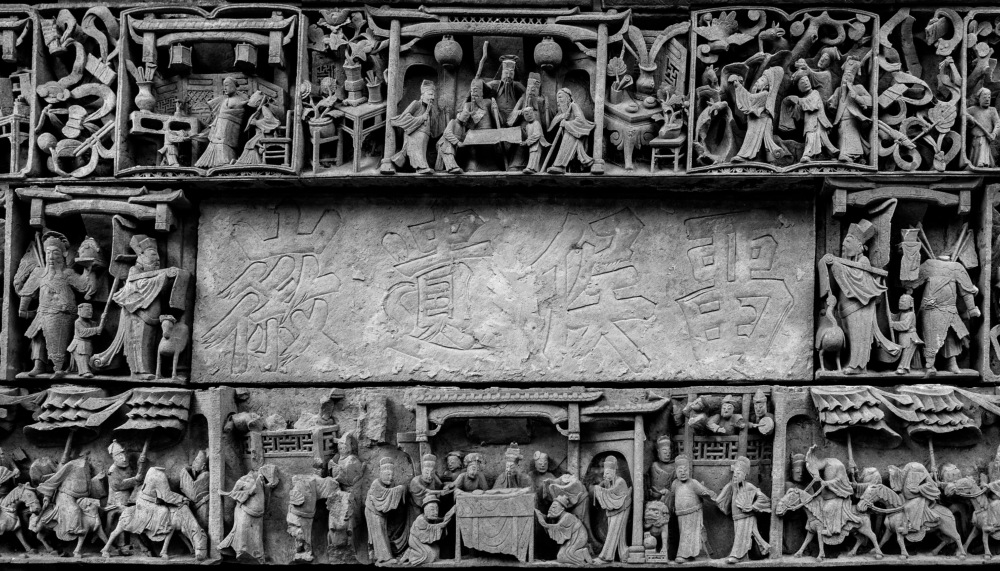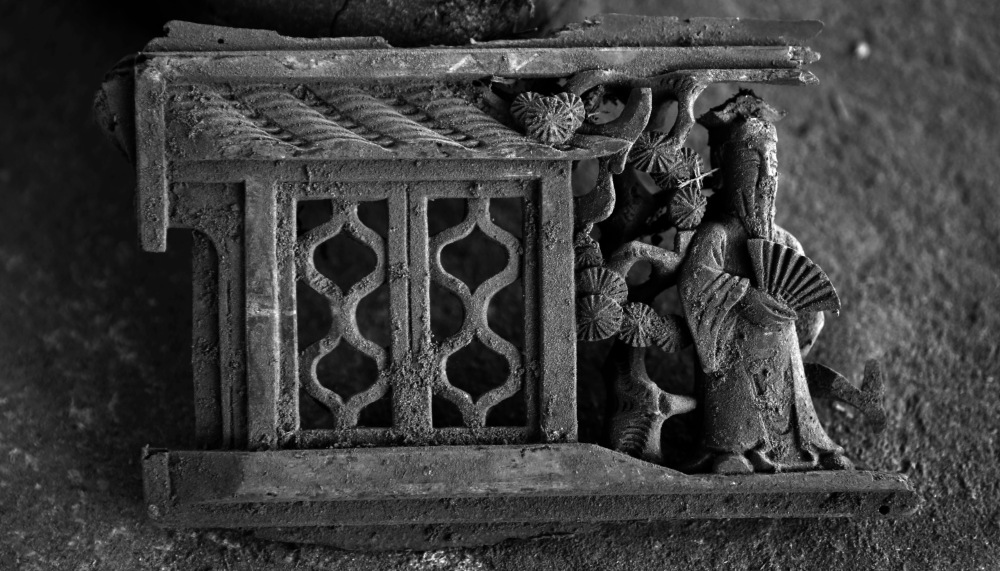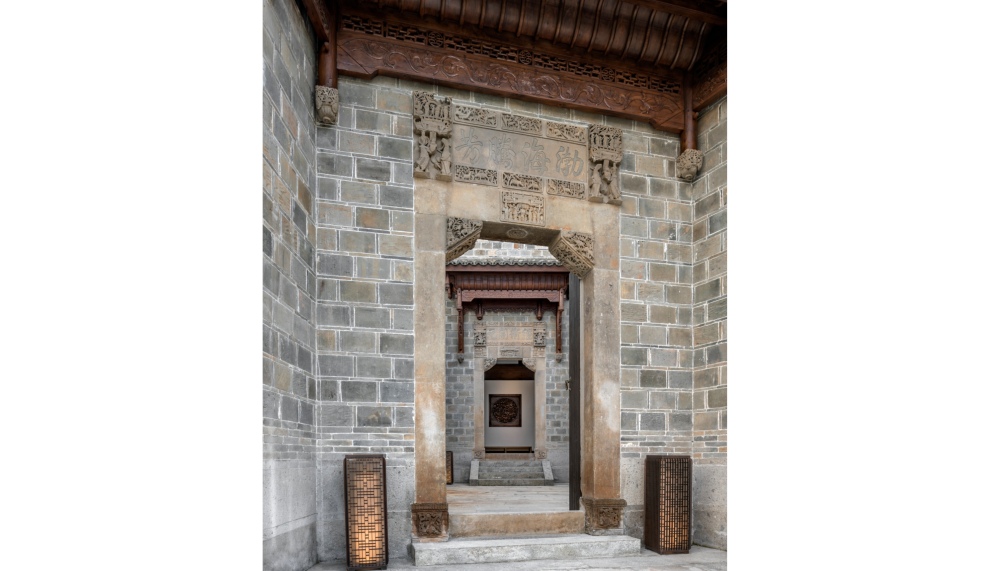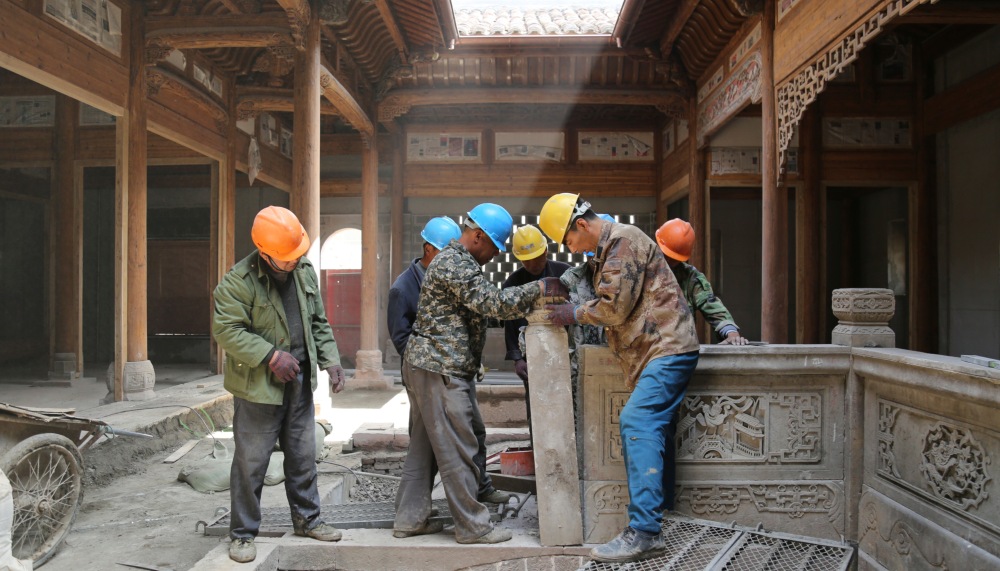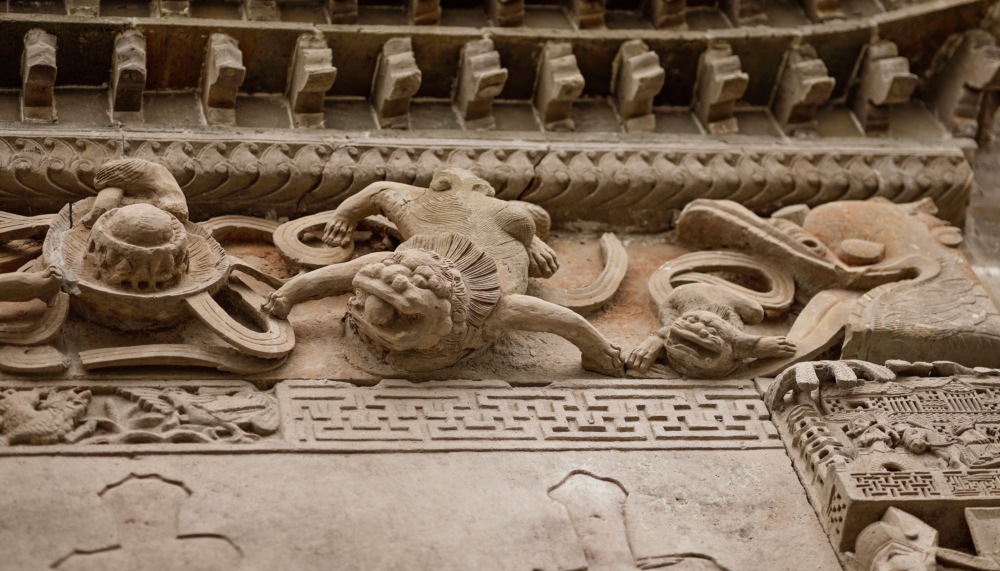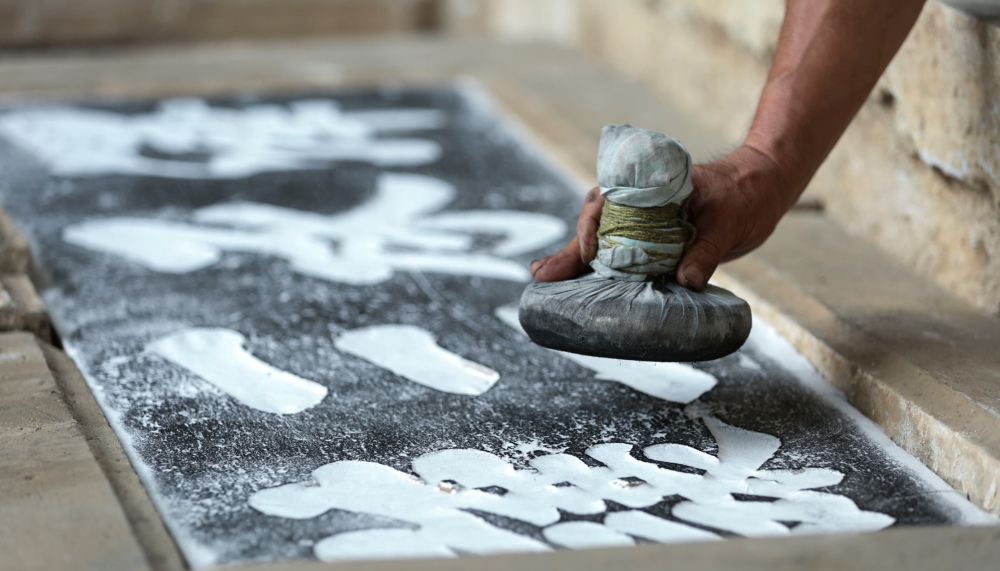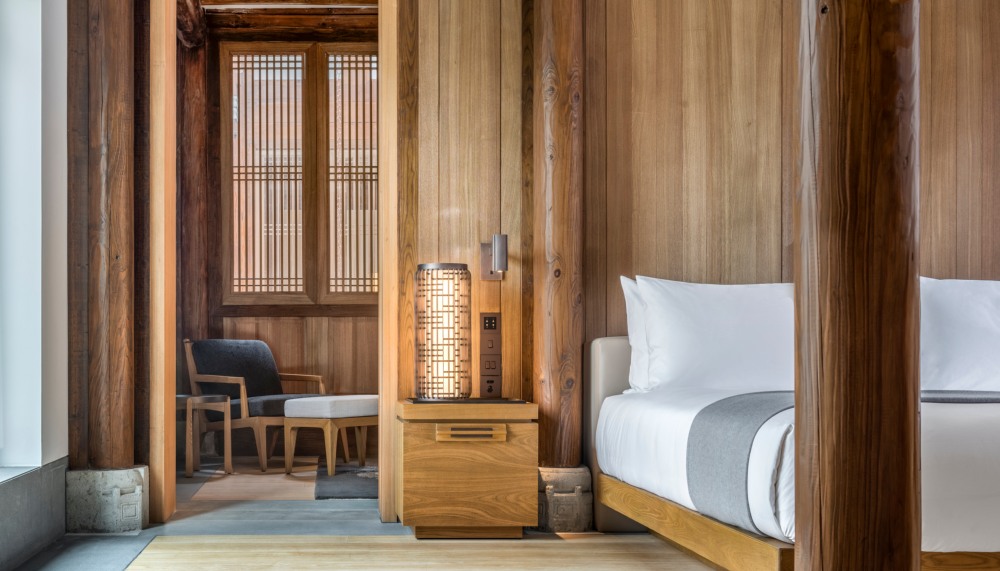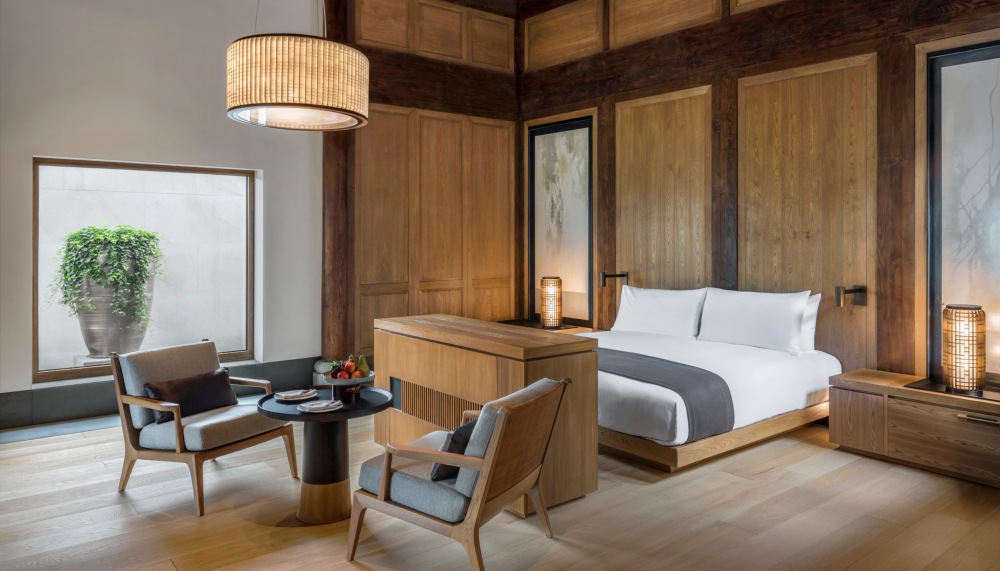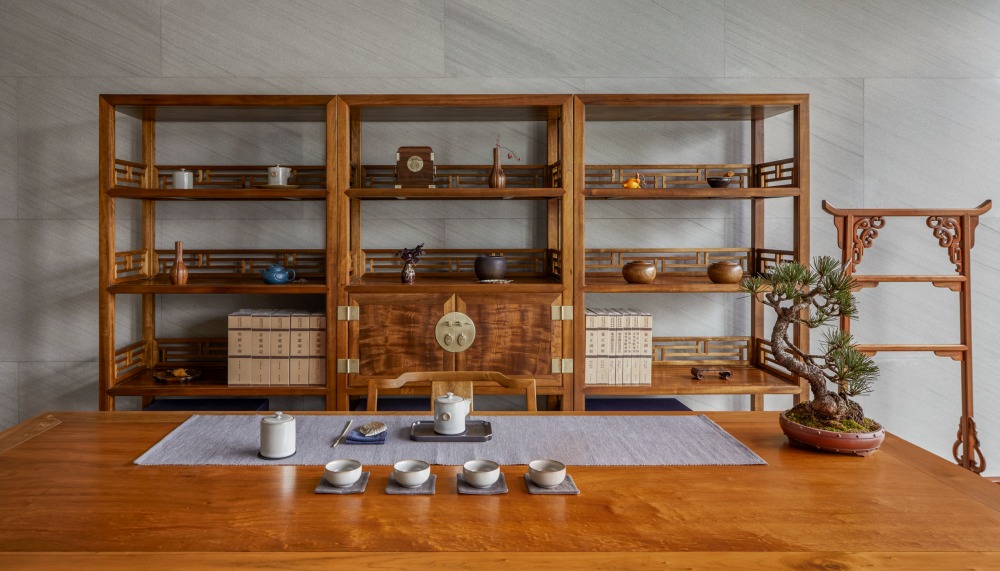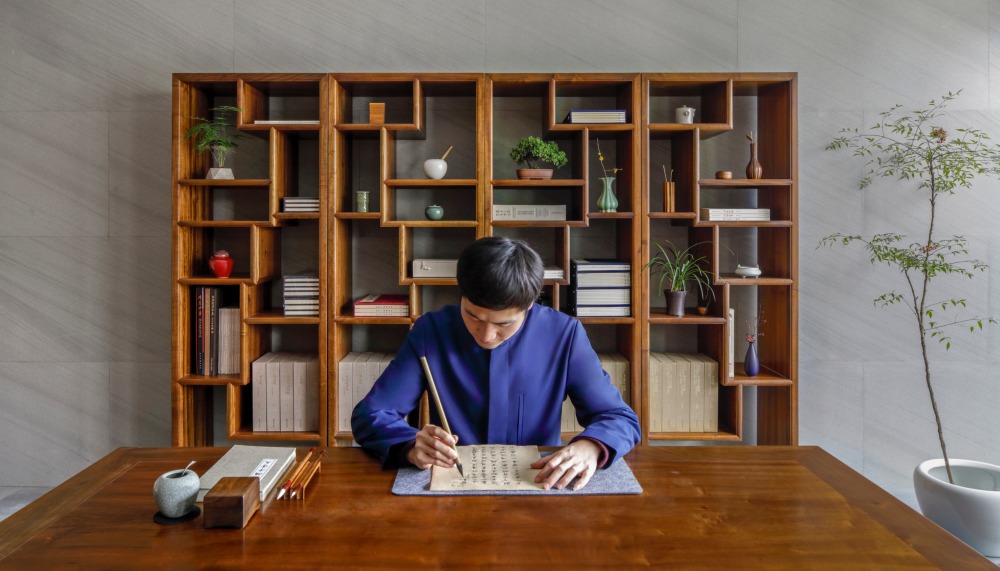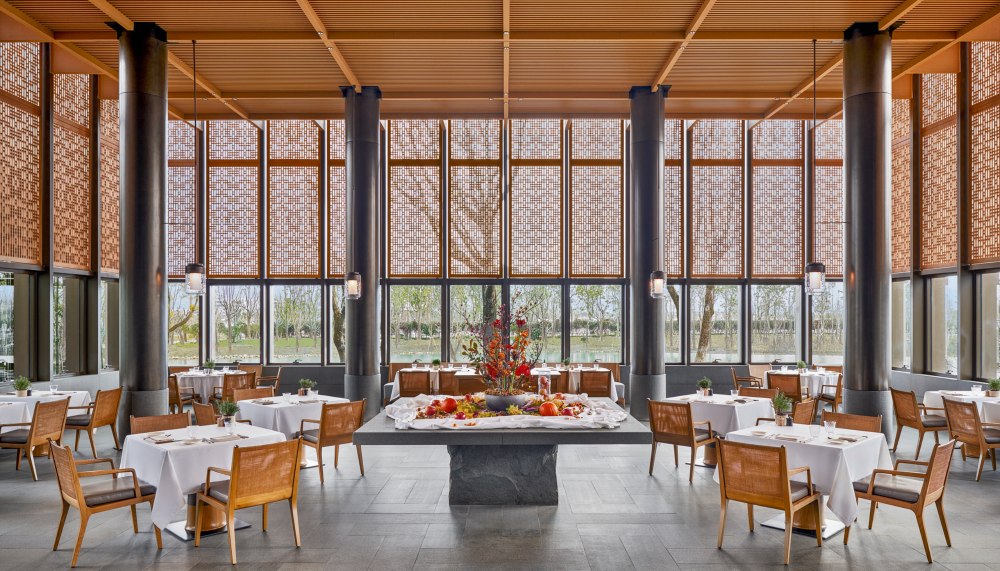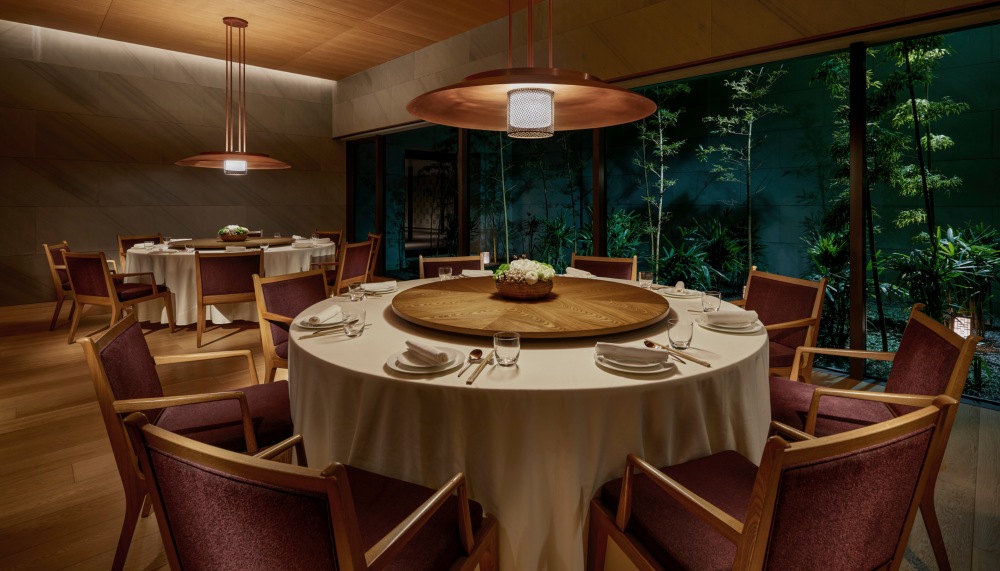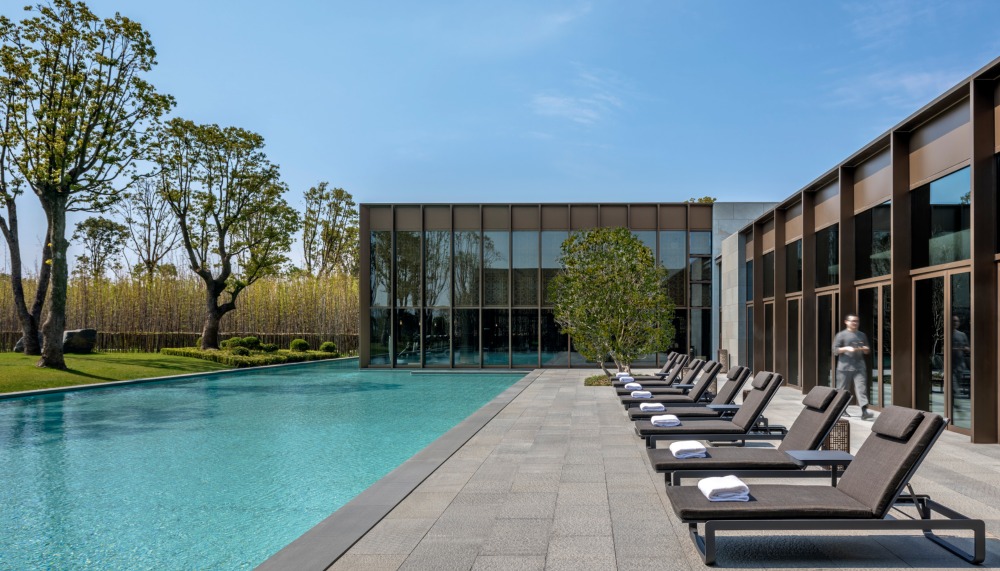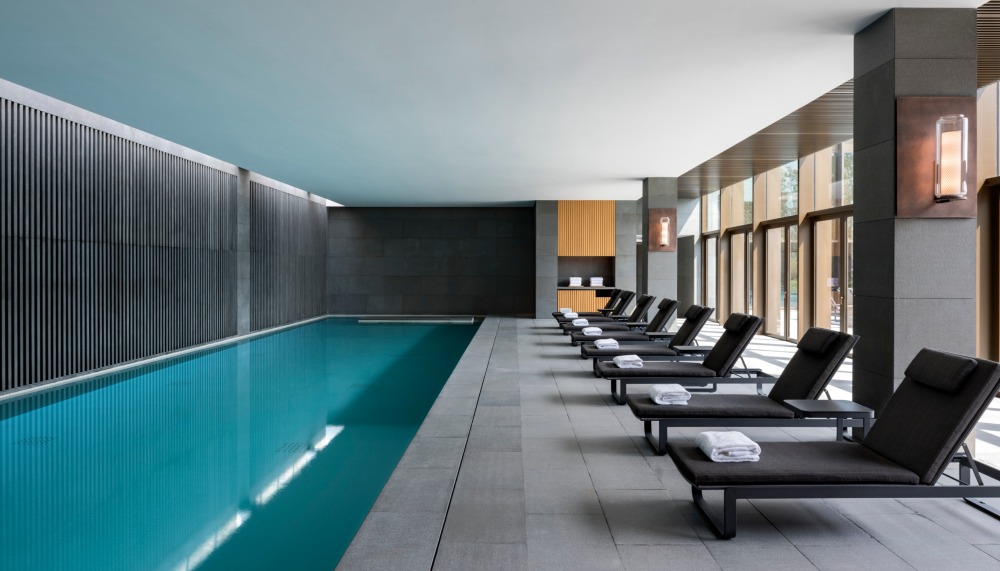History, recreated
The allure of an Aman is that each of the group’s resorts is inimitable. Not just in architecture or in vibe, but in context – tapping into a vein of history and culture unique to the space. Just under 40km from downtown Shanghai is Amanyangyun. Quiet, leafy and serene, it is a world away from the hustle, bustle and neon gleam of the metropolis. Designed by the late Kerry Hill, Amanyangyun is adherently representative of the Aman DNA – a sophisticated maze of corridors branching off into havens of rest and pockets of tranquility, dotted with touches of local influence like moon gates and intricate latticework. But the true inspiration for this resort comes from further still, some 800km southwest in the city of Fuzhou in the Jiangxi province.
In 2002, plans for a new water reservoir in Fuzhou were approved, which would submerge a vast area dotted with ancient camphor forests and historic villages. These would have been lost beneath the waters forever were it not for the efforts of Fuzhou native Ma Dadong, who conceived a plan to conserve thousands of trees and 50 houses dating from the Ming and Qing dynasties. In the years it took to uproot the trees and disassemble the dwellings piece-by-piece, the framework for Amanyangyun was born.
One of the first tasks available to a guest of Amanyangyun – after being welcomed in the lobby under a vast latticed gem box made from golden nanmu wood – is to venture out into the courtyard to water the largest of the surviving camphor trees. It is a rite that connects a guest instantly to the resort’s vision, that of preservation, and fulfil its name – Amanyangyun means the ‘peaceful cloud of nourishment’. From here, guests may wander around to see the re-assembled historic homes, 13 of which have been transformed into majestic one- and two-bedroom villas. Supplementing these antique villas are 24 newly-built Ming Courtyard suites, married in design by deft touches of understated furnishings, subtle Chinese inflections and the ever-present fragrance of namnu wood.
But Amanyangyun is more than just dwellings. In a nod to its ethos, the largest of the antique houses has been transformed into the Nan Shu Fang cultural complex. Recreating the scholarly pursuits of the literati, here is where guests can take a dive deep into the intricacies of Chinese culture – from calligraphy to music to painting.
Transforming history into modernity is the most impressive aspect of Amanyangyun. And that extends across all its facets – from the enormous Spa & Wellness Centre with indoor/outdoor pools to the in-house cinema. The options for nourishment are equally impeccable. The lakeside Arva is a take on the Italian farm-to-table approach, while the elegant Nama celebrates the depth of Japanese washoku cuisine. But most intriguing is Lazhu, the resort’s Chinese restaurant that zooms in on signature dishes and imperial recipes from the Jiangxi and Shanghai provinces.
As wonderful as the dining, distractions and details may be, the best of Amanyangyun is out in the open. Literally. It is strolling around the extensive grounds, admiring glades of camphor trees that have seen dynasties rise and fall and carved stone walls that have centuries of tales to tell. All this could have been lost to the flood of time. Yet they are here, sparkling under the sunlight and still housing their secrets. Every Aman is special. And at Amanyangyun, it is the ability to glimpse a pristine recreation of a rapidly disappearing past.
